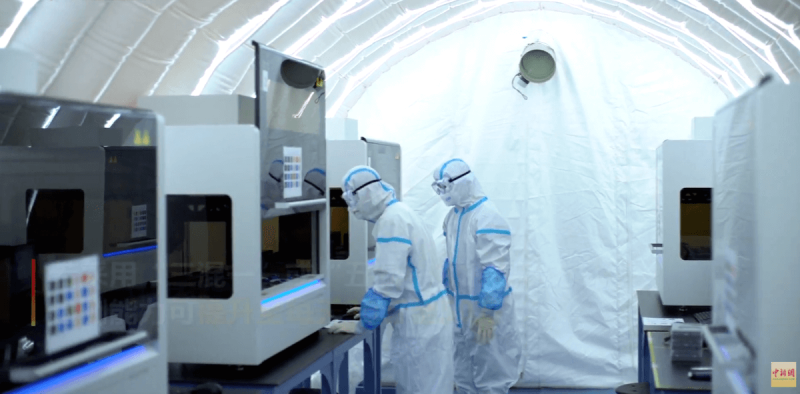Most of Europe was in lockdown in April 2020 when a plane arrived in the Serbian capital bearing a well-timed gift from the People’s Republic of China. Inside was a Chinese invention called the Fire-Eye, a sophisticated portable lab that could detect coronavirus infections from tiny genetic fragments the pathogen leaves behind.
Yet now, China’s Fire-Eye labs — scores of which were donated or sold to foreign countries during the pandemic — are attracting the attention of Western intelligence agencies amid growing unease about China’s intentions. Some analysts perceive China’s largesse as part of a global attempt to tap into new sources of highly valuable human DNA data in countries around the world.
…
“If China can become the sole or main supplier of an important new medicine or technology, they will gain leverage,” according to a senior U.S. intelligence official who closely tracks China’s biotech sector. The official, like others, spoke on the condition of anonymity to discuss sensitive assessments of China’s strategic trajectory. “If China acquires a critical mass of data — and if they are able to analyze and exploit the data — they can co-opt the future.”
Getting to that critical mass of data is not easy, because not just any DNA will do. To develop drugs for a global market, China needs highly diverse sources of genetic information along with individual patient histories, which provide critical context, researchers say.































